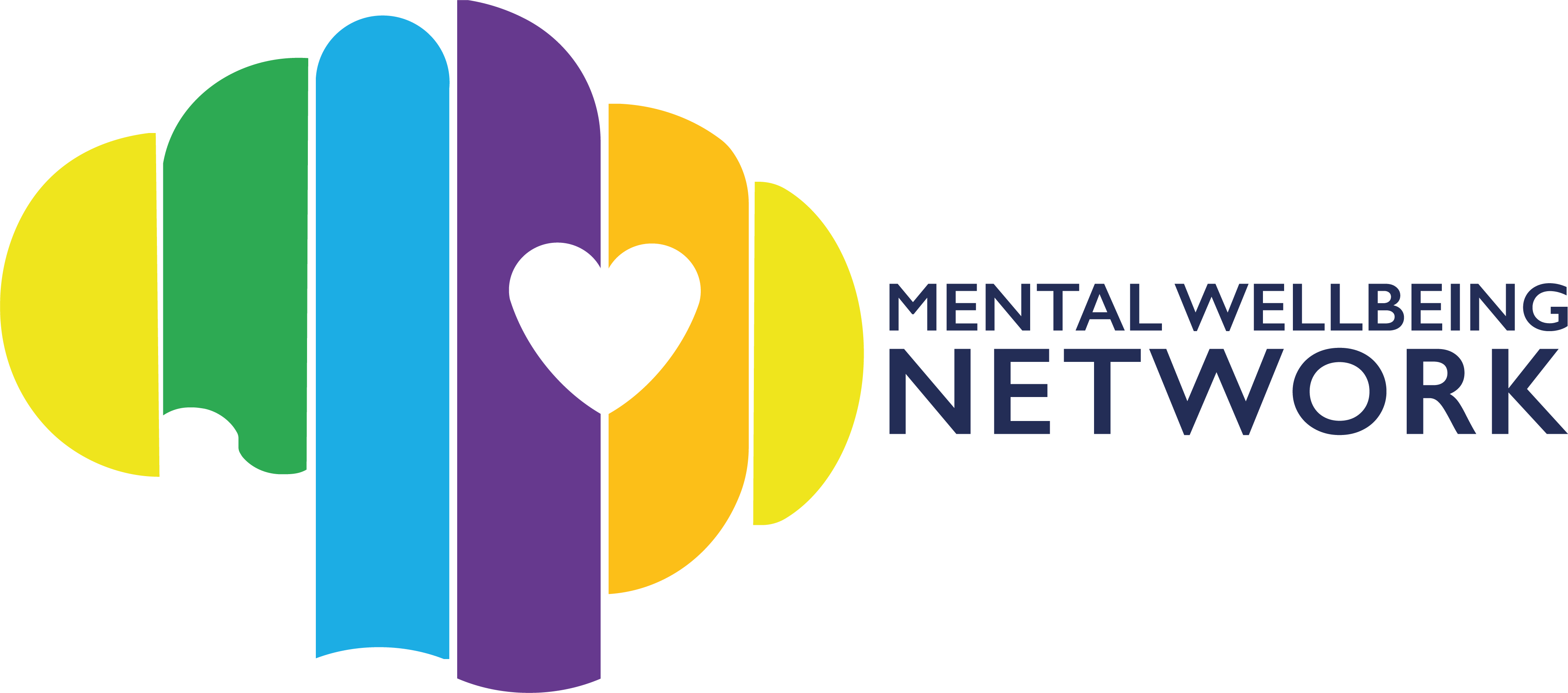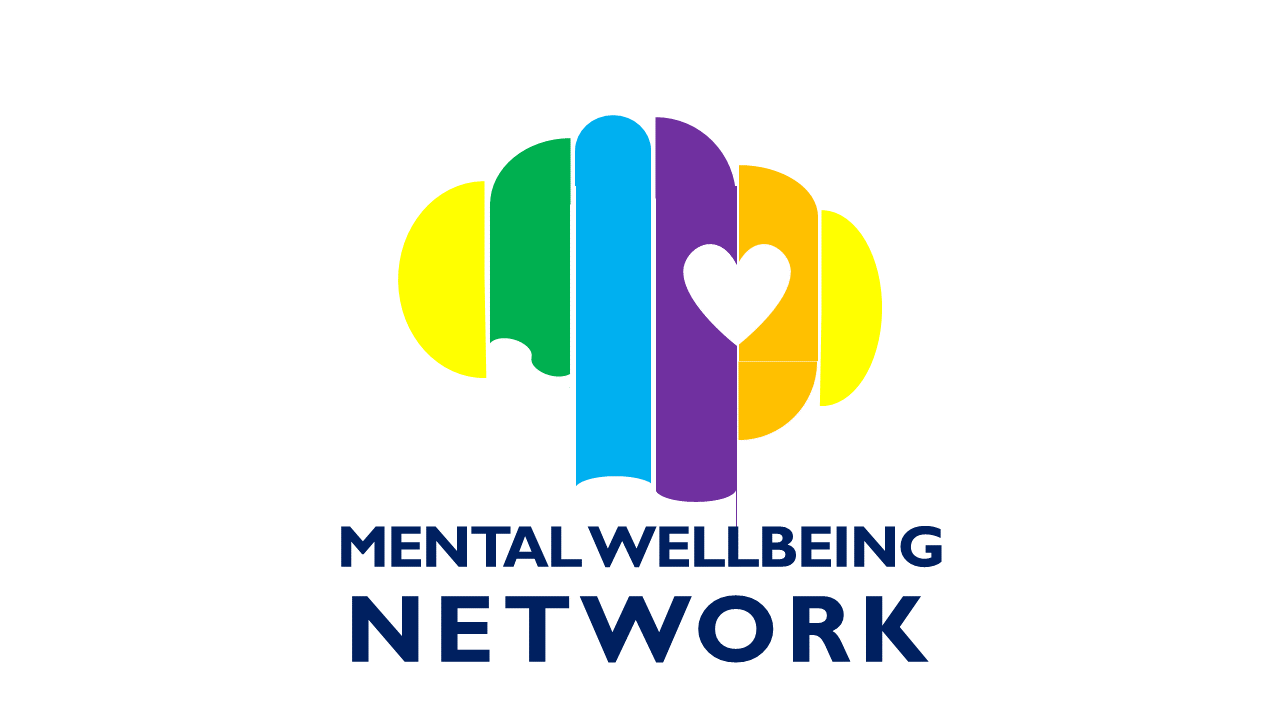Special Educational Needs and Disabilities (SEND)
Introduction – SEND
We all want our children to thrive; this includes achieving a good education.
Presenting with learning difficulties, or disabilities, will not stop your child from gaining a sufficient education. There are various methods, put in place, to help support those individuals that need that extra bit of help.
Schools will provide the necessary support your child may need, to ensure he/she experiences a good learning environment.
This is known as SEND, an acronym meaning Special Educational Needs and Disabilities. Also referred as SEN and Disabilities.
For ages post-16, it is referred as LDD – Learning Difficulties and Disabilities.
Note: Providing a place of learning, is an obligation that the law demands, regardless of if the child has special needs.
It is against the law, to discriminate based on any disabilities the child may possess.
‘Children’s learning support in school’ is an article that is self-explanatory.
This article explains the term SEND, who it is aimed for and the various support available.
What is SEN?
SEN stands for Special Educational Needs.
Children with SEN have learning difficulties, or disabilities that impede on their learning, in contrast with others their age. This also includes children and young people with long-term, or severe health conditions.
Some conditions identified as SEN include:
- Dyslexia
- ADHD
- Autism
- Epilepsy
- OCD (depending on severity)
- Cerebral Palsy
- Mobility difficulties.
Additionally, SEN also applies to children whose disability makes them unable to use the facilities at the school, unlike their peers.
These children might need more help and support than others do, or may need a different approach to learning.
Many children will show signs of SEN while schooling.
Most schools are able to accommodate, and support, those who require the additional assistance. They will make adjustments that will support your learning, such as extra learning support, or providing accessibility to facilities.
However, some children may need the extra assistance throughout their time in education.
Identifying SEN:
Communication and Interaction –
An example of this, is when children have difficulty with language.
This can be through speaking, using it to converse, or even just understanding what is being said.
(This does not necessarily include someone whose first language is not English. However, there is some possibility of learning disabilities.)
There is a likely chance of being unable to use the skills, they learnt, into practice successfully.
Comprehension and Learning –
One example of this, can be the pace that the child is learning at.
E.g., Dyslexia
He / she may have difficulty understanding parts of the curriculum. They may have trouble keeping organised, or remembering and retaining information.
A particular characteristic, is finding a specific subject confusing, or straining. E.g., They may find it harder to concentrate on numeracy or literacy, due to a lack of understanding in the subject.
Social, Emotional, or Mental Health Difficulties –
For example, difficulty handling relationships with others, withdrawn, or behaving in disruptive ways that hinder the learning for both themselves and their peers.
Their actions may also have a negative influence towards their own health and wellbeing.
Sensory, and / or Physical Needs –
Some examples include, young adults and children with visual and / or hearing impairments, or a physical disability, resulting in a need for ongoing assistance and access to certain equipment.
Some children and young adults may exhibit a number of the identifying factors of SEN, instead of one.
Defining Disabilities
Many who have SEN, may also have a disability.
The Equality Act 2010, describes disability as:
‘A long-term physical, or mental impairment, which has a considerable effect on the individual’s ability to perform normal day-in day-out activities.’ (Rephrased version)
This phrase is surprisingly broad and can include individuals you may not consider.
The term ‘long-term’ means ‘a year, or over’.
While ‘considerable’ takes the definition ‘more than minor, or trivial’.
This definition of disability can include:
- Sensory impairments – E.g., hearing and/or sight loss
- Long-term health conditions – epilepsy, asthma, diabetes and cancer.
Though some of these disabilities may not mean you have SEN, there is a significant overlap in the needs of SEN students and disabled students.
Special Educational Provisions, are used by both SEN individuals and disabled individuals, who require the extra support.
Note: Special Education Provisions are provisions established for SEND students to create better learning environments for them.
They refer to any different, or additional arrangements and/or supplies SEND children and young people may need.
What to do if your child has SEND
If you feel that your child identifies into SEN and/or Disabilities, you should contact the school’s SEN co-ordinator (SENCO), for the next steps.
If your child is home-schooled, or has yet to start school, you should consider contacting your local council for advice.
You can also contact the IAS (Information, Advice and Support Service), which can give you the information needed to support someone with SEND.
Support For SEND
If your child has SEND, he / she is entitled to receiving SEN support.
The type of SEN support given to the children and young adults, are largely dependent on their age group.
Aged under 5:
- Age 2 – Written progress checks
- Ages 2 – 3 – A health check carried out by a child health visitor
- Starting primary school – In the first year, a written assessment will be held during the summer term.
- Making reasonable adjustments for disabled children – Providing equipment, such as tactile tiles
If your child does not attend school, it is advised to contact your doctor, or health adviser. If you feel your child has SEN, they will suggest what support options are available.
Ages 5 – 15:
You should contact the teacher, or SENCO, to discuss any SEN support your child may need.
Below are some actions that can help with SEN learning.
- Special Learning Programmes
- Extra support from a teacher, or teacher assistant
- Working in small groups
- A staff member observing the child during class, or at break times.
- Help child participate and be involved in activities
- Encourage their learning – ask them questions, or work out a difficult problem together
- Helping the child communicate with other classmates
- Supporting child with their physical, or personal difficulties – E.g., eating, going around the school safely.
Young people 16+ in Further Education:
For young people, who have considered further education, it is crucial to contact the college beforehand, to ensure that they can provide the support you need.
The college and local authority will discuss what support the young adult will need to continue his / her studies.
More Additional Support?
If your child needs additional support, more than the school already provides, you should consider a EHC Plan (Education, Health and Care Plan).
The EHC plan is aimed at children and young adults aged 25 and under, who have implied a need for further support, outside what is received through SEN Support.
An EHC plan determines your educational, health and social needs and considers what additional support you need to reach achieve them.
You can contact your local authority to conduct an EHC assessment, if you feel your child needs that additional support.
If the SEN student is aged 16 – 25, they can personally ask for an assessment to be carried out.
An assessment can also be requested by anyone who feels the additional support is necessary. This can be teachers, doctors, health visitors, parents, or family members.
You may be asked to procure a few details for the assessment:
- Previous reports received from your child’s school, nursery, or childminder
- Doctor’s assessment of your child
- A letter that you have written, detailing your child’s needs
Once the assessment is underway, it can take up to 16 weeks for the local authority to decide whether an EHC plan is needed for your child.



